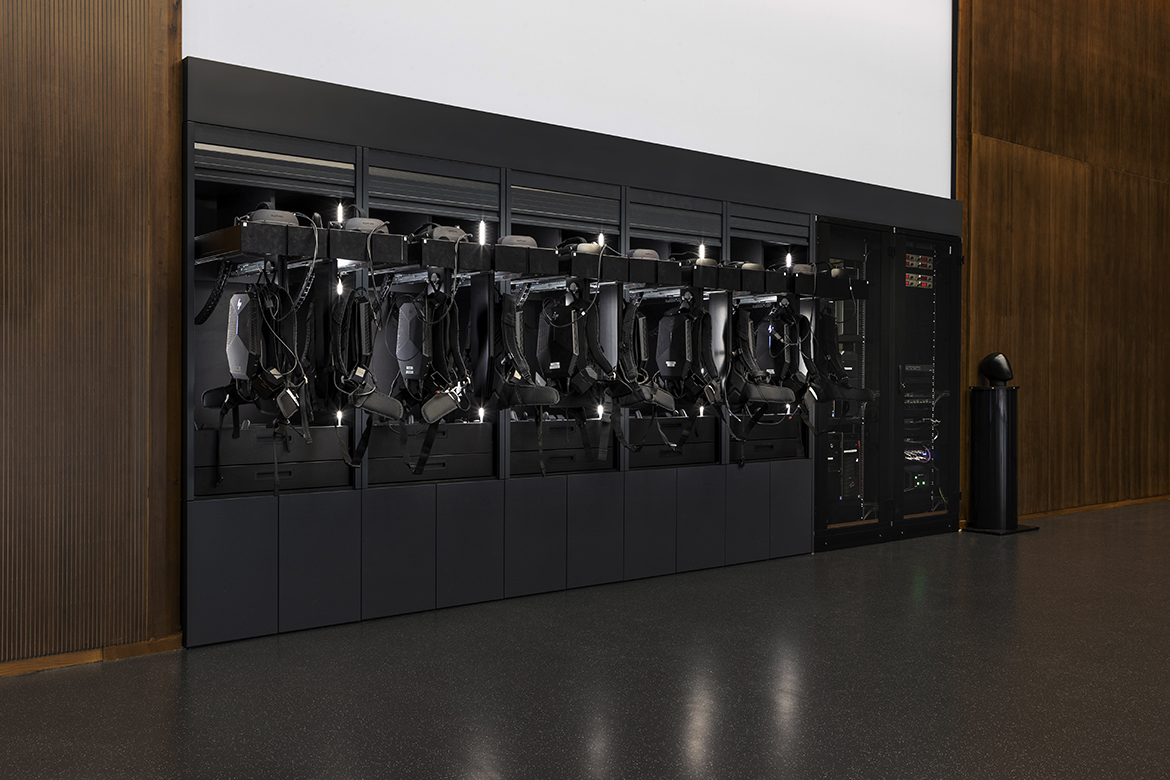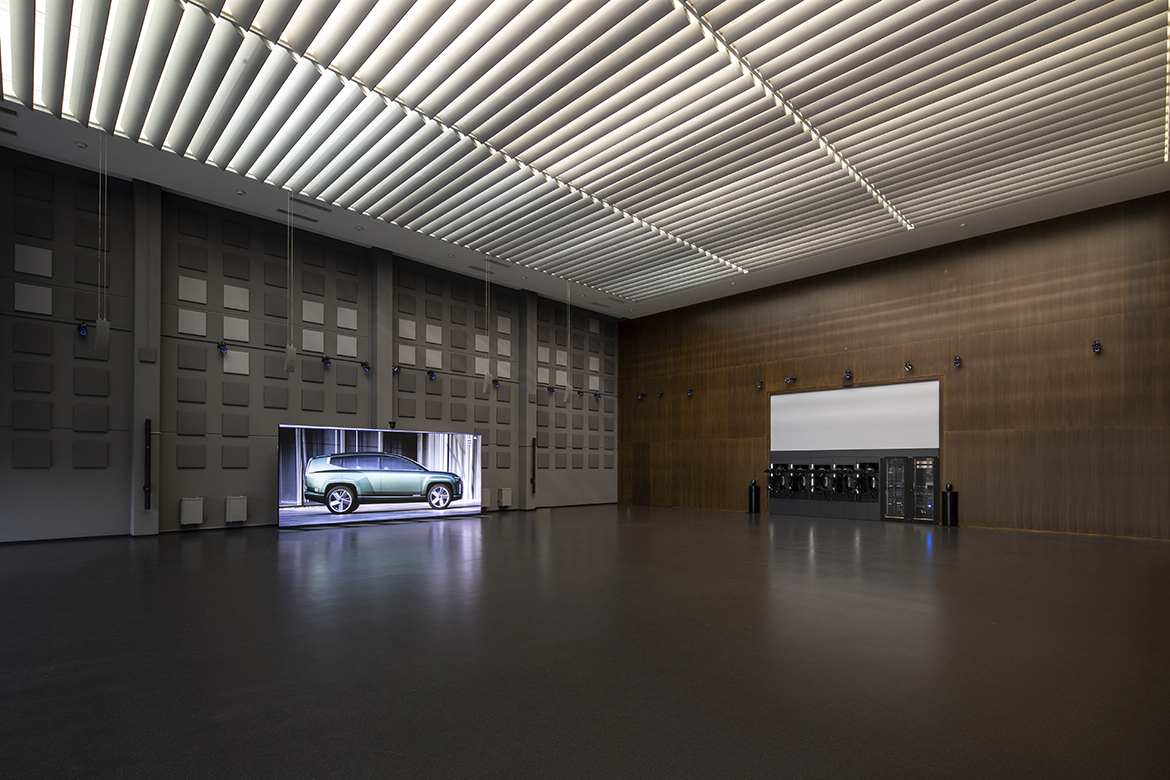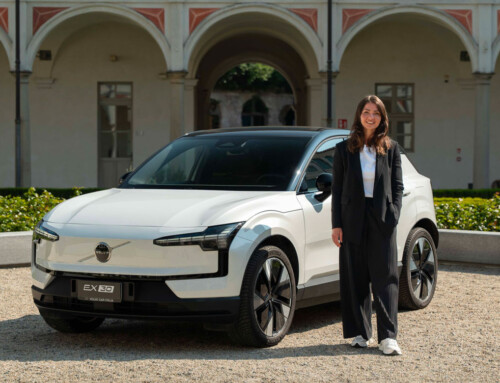The Tech Day, the meeting organized by Hyundai to discover new design methods, was an opportunity for the Korean manufacturer to open the doors of its European design center in Rüsselsheim (Germany). Opened in 2005, the design center is now home to more than 60 designers who define the shapes and volumes of the models Hyundai sells around the world with a specific eye, of course, on the European market. “In 2015 we begun a profound renewal of the design method,” Thomas Burkle, head of design at Hyundai Motor Europe, tells us.
“We decided to invest resources in the development of new augmented reality technology. This allows us to work on the styling of a model at the same time and from different parts of the world, but without being there physically,” Burkle continues. This is a trend that is common to all manufacturers and has accelerated dramatically with the pandemic. Today about 80% of new projects at Hyundai are carried out digitally with significant advantages in terms of cost saving and time.
“The styling process is made easier than it used to be, as is communication with headquarters in Korea. Once the car is given the go-ahead in augmented reality, we move on to making the first clay model, which is already 60%-70% validated by engineering, and proceed to making the interior,” Burkle continues. Designers put on visors and exoskeletons, wield remote controls and immerse themselves in virtual reality where the car can be seen in any setting, sun or rain, metropolis, deserts or in the studio.
“The technology is highly advanced, but still improvable in some aspects such as resolution when connected wirelessly or reducing the weight of the equipment,” Hyundai design chief Simon Loasby tells us, connected from his studio in Seoul, Korea, but whom we meet in virtual reality after putting on the equipment. “These tools make our lives easier and bring you closer to reality, but right now I don’t think we can do without the physical model. We need a model to relate to the car, touch its surfaces and get on board.”
The occasion is perfect to show us for the first time “live” the Seven concept, developed through the massive use of these technologies and on which Hyundai designers from all over the world have worked simultaneously, often from home because of the pandemic. So the Korean automaker converted its presentation room in Hyundai’s design center in Russelheim into an augmented reality environment, where a click is all it takes to work on a variety of models without having to make long-distance trips often under tight time constraints. “This technology complements but does not replace the human factor of live meetings and relationships, which remain a pivotal point and of great importance to every creative,” Loasby concludes.















